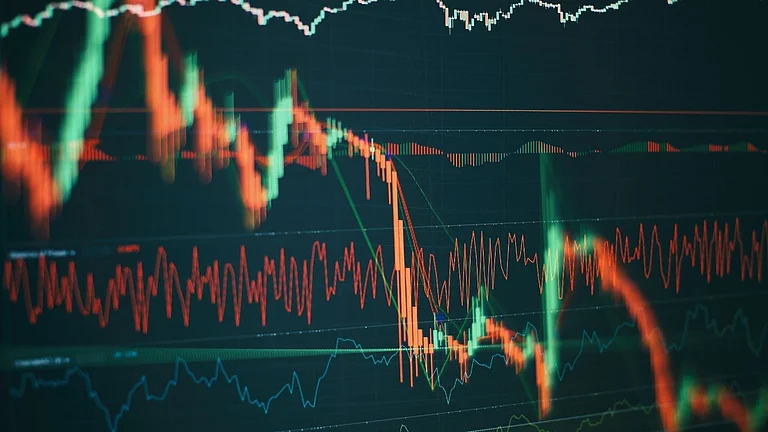HDFC mutual fund on Thursday launched two smart beta exchange traded funds (ETFs), HDFC NIFTY 200 Momentum 30 and HDFC NIFTY 100 Low Volatility 30. Both the new fund offers (NFOs) will open on September 26 and close on October 3, the fund house announced at a webinar.
Smart Beta funds typically rely on the empirical data instead of the fundamentals of a company for taking investment calls.
The HDFC NIFTY 200 Momentum 30 and the HDFC NIFTY 100 Low Volatility 30 will mimic the NIFTY 200 and NIFTY 100 indexes, respectively.
For the Momentum 30 index, it will select stocks with high momentum score based on their six and twelve month returns. It will also consider the daily price volatility and standard deviation. Stocks on the low volatility index will be selected from the Nifty 100 index based on their relative “stable price movement” or standard deviation over the last one year.
Fund manager Krishan Kumar Daga said in the webinar that both ETFs are passive investment options that could compliment the subscribers’ existing portfolio. “These ETFs are for different needs; the momentum ETF is for those who want to take risk and capture rising trends and earn high returns. The low volatility ETF is for those who want to create a defensive portfolio,” Daga said.
In a chart, Daga explained that a 50-50 combination (if an investor invests 50 per cent in the momentum ETF and 50 per cent in a low volatility ETF), could yield 21.4 per cent return in a year, 16.4 per cent in 3 years, 17.1 per cent in 5 years, and 17.2 per cent in 10-year period.
Daga also elucidated on weight caps. For Momentum 30, the weight is capped at “normalised momentum score” and on stock level, it is capped at lower of 5 per cent of the index, or 5 times the free float market capitalization (FFMCap) weight.
For the low volatility index, the weight caps are based on the inverse of volatility, meaning lower volatility stocks get higher weightages and stocks with low turnover are capped at maximum 3 per cent.













